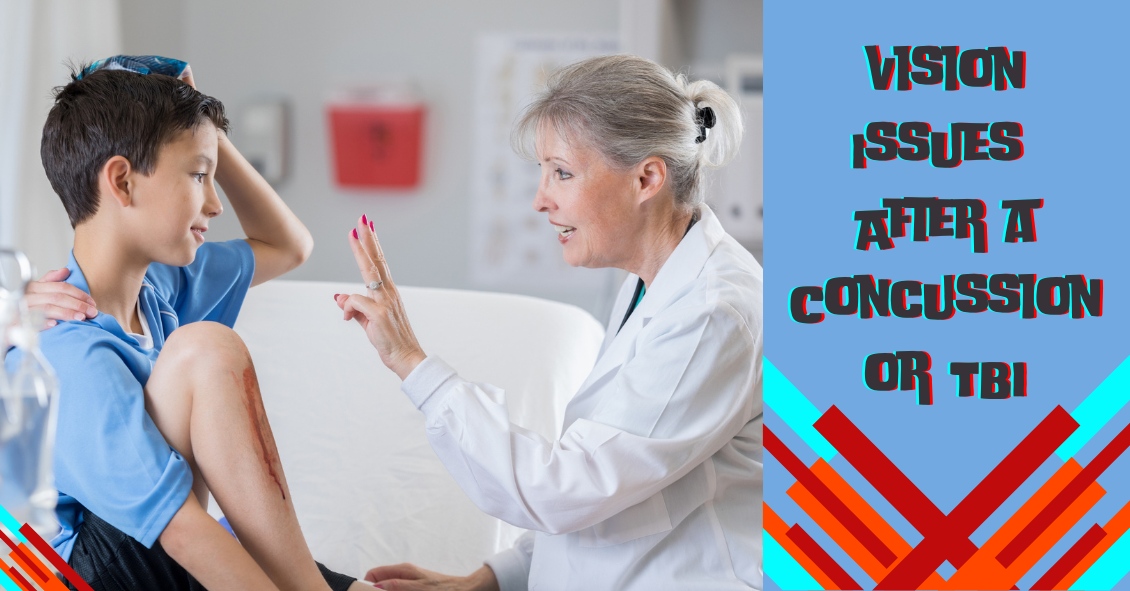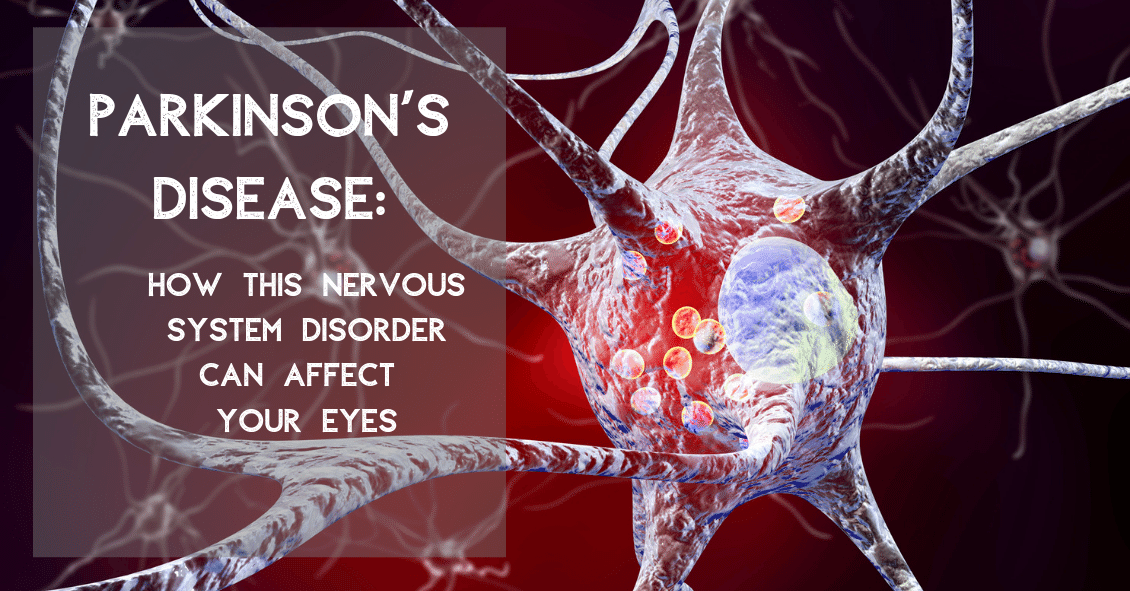News & Promotions
 The Centers for Disease Control estimates that around 2.8 million people in the Unit...
The Centers for Disease Control estimates that around 2.8 million people in the Unit...
Featured Monthly Video
- Written by InnovativEyes

Dry eye is a very common problem that affects women more than men and becomes more prevalent as people get older.
It can present in many ways, with symptoms that can include a foreign body sensation, burning, stinging, redness, blurred vision,...
- Written by InnovativEyes

Parkinson’s disease is a progressive degenerative condition of the neurological system. The majority of Parkinson’s effects are on movement, often starting off very slowly and subtly. One of the earliest symptoms is a slight tremor in one or...




